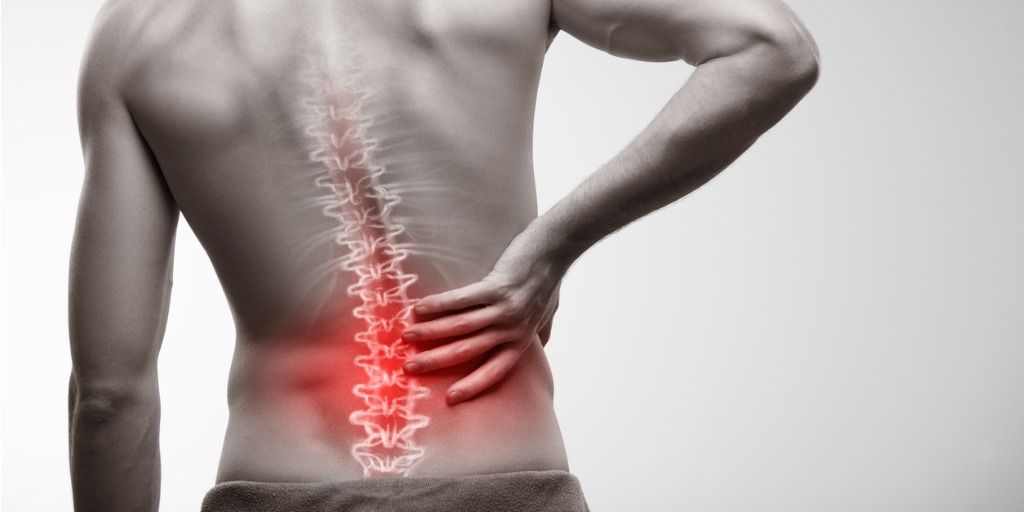My First Experience in Theatre
On the 25th of January I had the pleasure of observing Dr Jean-Louis Papineau from Coastal Orthopaedics at Bethesda hospital for plate removal of distal tib/fib open fracture with manipulation under anaesthesia. This was the third surgery for a patient who had a traumatic workplace injury 10 months prior. I felt it was important to gain a more thorough understanding of the procedure involved and recovery required. Throughout the procedure I had the chance to engage and be apart of every stage with explanations for why extra steps were taken and how they were likely to improve the outcome.
It become obvious that surgeries although having the same guidelines and procedures, would require patients to recover in different ways and with more specific rehabilitation. For me it is easier to now understand why some patients recover differently than others. Did you know that an additional cause of pain following surgery is from the tourniquet applied above the surgical site to reduce blood flow during the procedure?
Dr Papineau explained that although patients will present with the same or similar injuries it is crucial that advice is tailored specifically due to the individual characteristics and differing anatomical/physiological make up. During this observation Dr Papineau said the patient had a pronounced development of scar tissue in a short period of time and this was likely to occur again following this procedure. As such he strongly encouraged me to push the patient through discomfort and reinforce, he could not damage the ankle in order to reduce the impact of the oncoming scar tissue before it settled.
A major commonality I noticed between surgical teams and Absolute Balance is the importance and value placed on communication. Whilst in theatre every person was actively involved in a process be it providing tools and equipment, monitoring anaesthesia and multitasking with two surgeons operating on different things at the same time. The benefits to this team approach can include better patient outcomes, reduced operating times and confidence in supportive colleagues. Likewise in the Workers Compensation industry it is crucial that all stakeholders involved on a claim are aware of what is occurring at what stage and how long it is expected to occur. This collaborative approach results in significantly better outcomes.
It is always such a valuable learning experience to be able to observe surgery on a patient to get a better understanding of their personal rehabilitation requirements. This time is an invaluable chance to speak directly with the surgeon regarding prognosis, timelines and staged recovery planning to name a few. This experience has changed my approach through greater understanding of scar formation and discussing the aggressiveness of rehabilitation with specialists. I would urge all allied health professionals to ask about opportunities to learn from a specialist in theatre, for me, I would be very interested in observing a muscular or tendon repair such as a supraspinatus tear which I commonly treat. I hope this further experience would assist my understanding of the slow nature necessary of this type of repair.
Cameron McRae
Workers Compensation Specialist (AEP, ESSAM)




